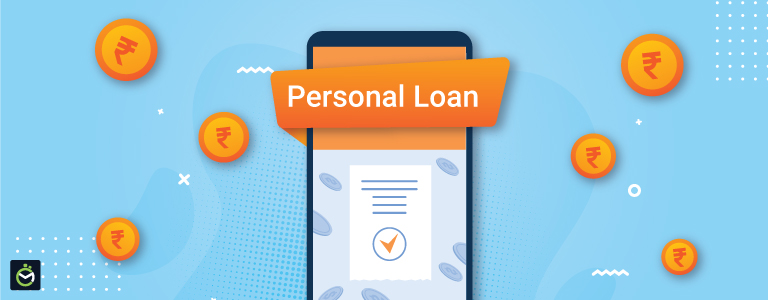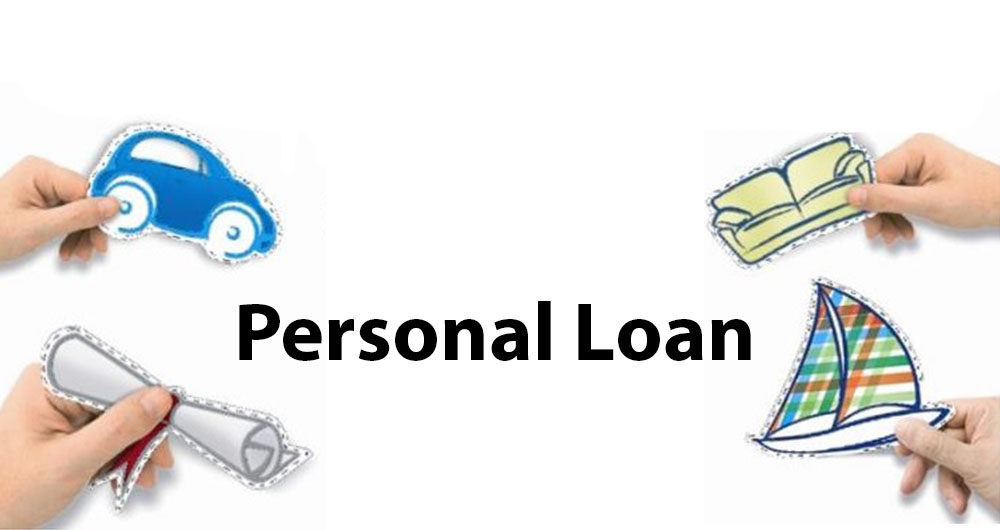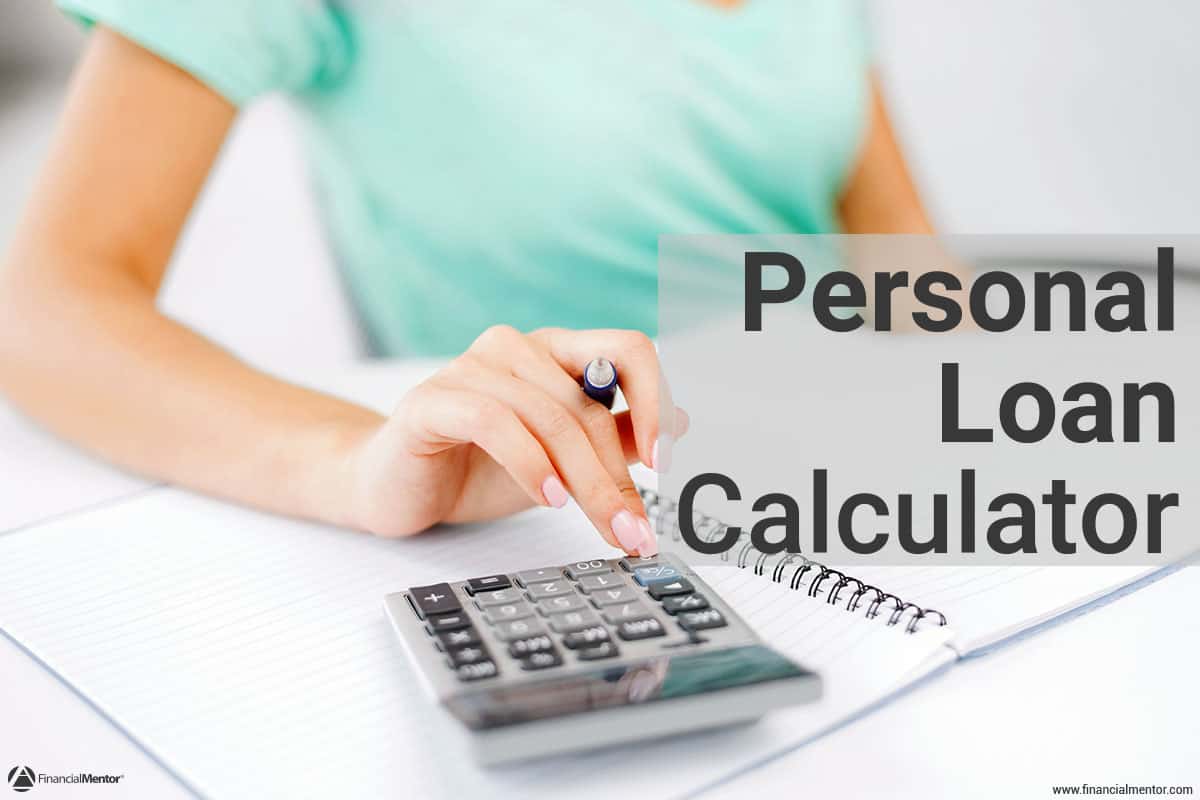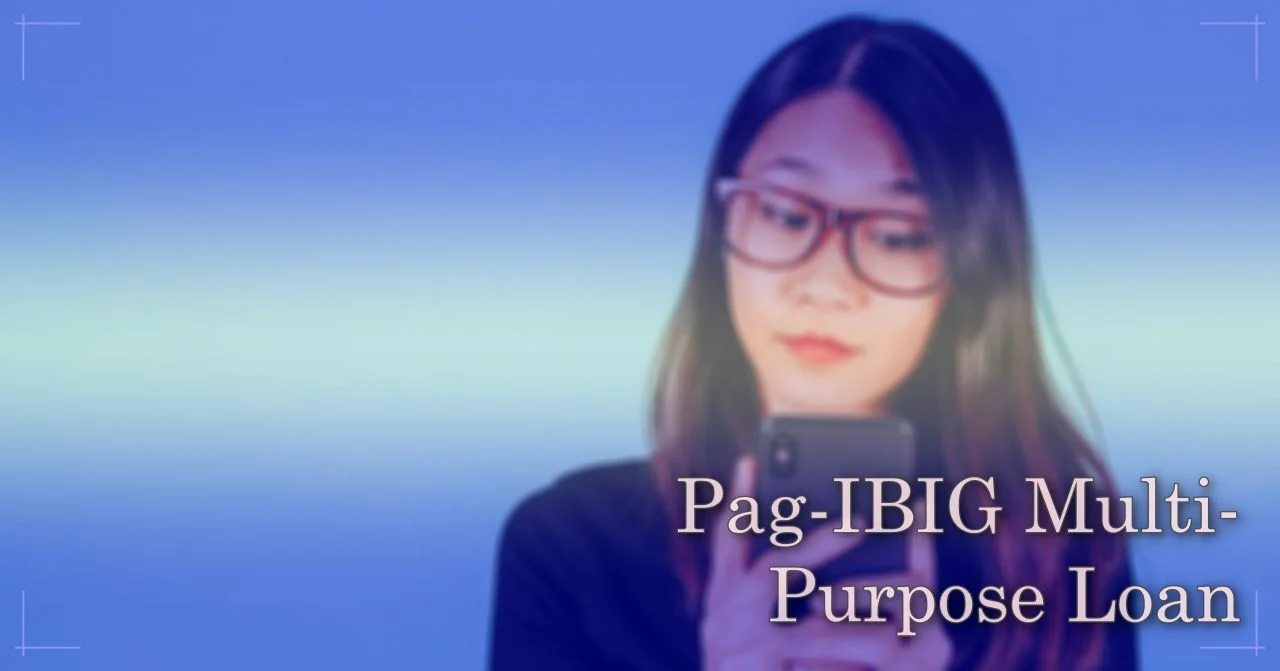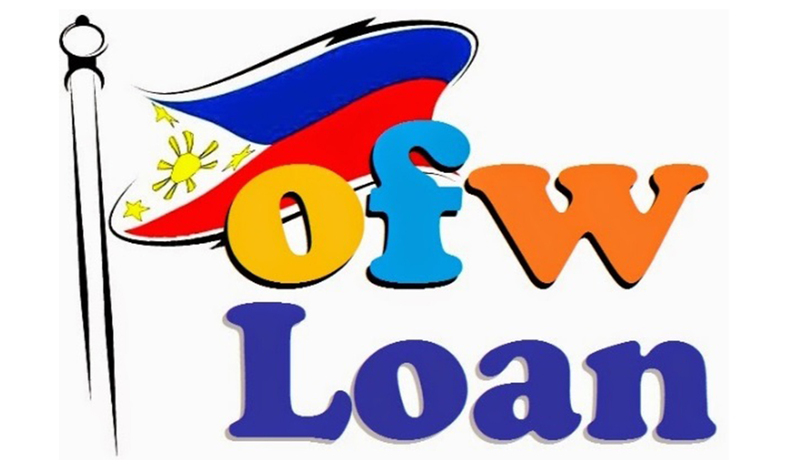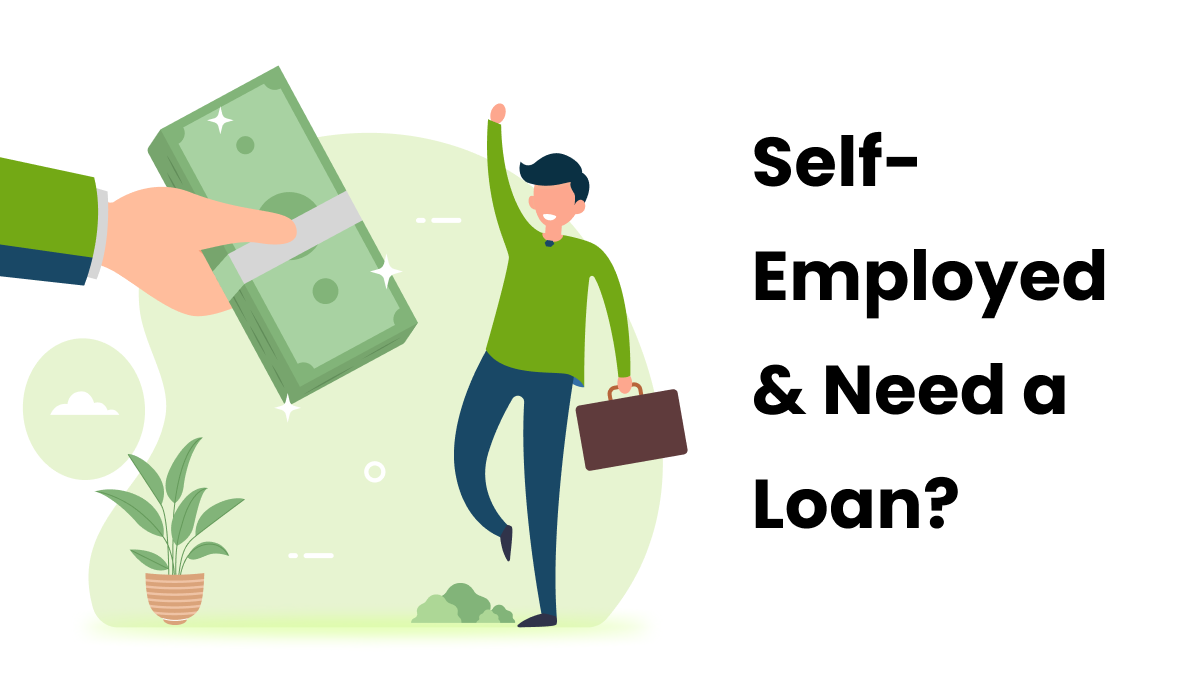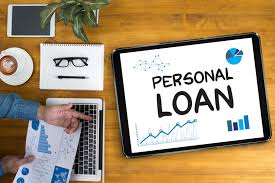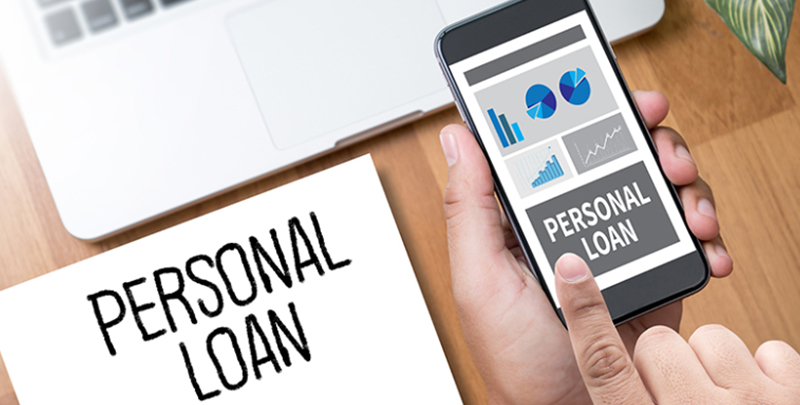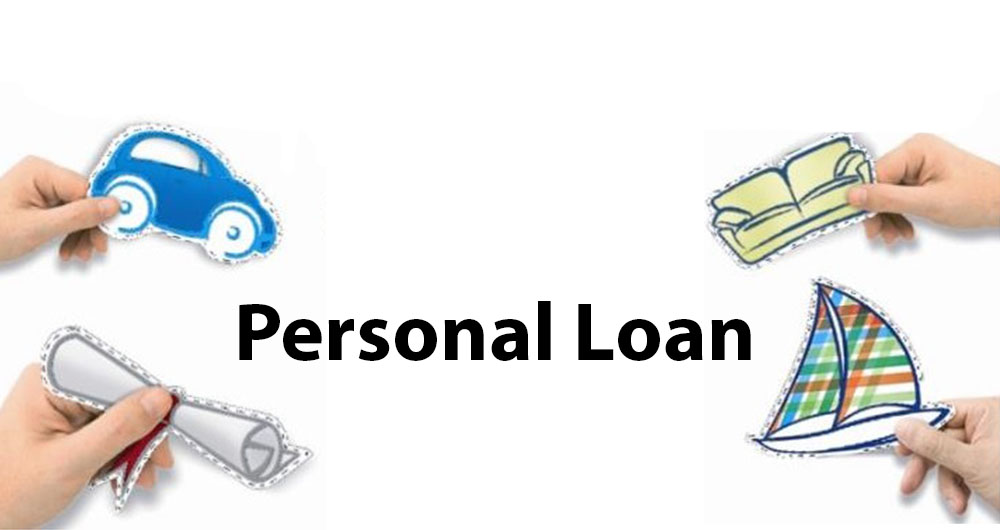In an economy where personal finance plays a crucial role, having access to a reliable and affordable personal loan can be a game-changer. Whether it’s to fund a dream vacation, cover a medical emergency, consolidate high-interest debt, or start a small business, a personal loan can provide the necessary liquidity. The Philippines offers a wide range of personal loan options, from traditional banks to government agencies and digital lenders. This guide will provide a comprehensive overview of the best personal loan options in the Philippines, comparing them based on interest rates, eligibility requirements, and application processes, to help you make an informed decision in 2025.
I. Understanding the Types of Personal Loans in the Philippines
Personal loans in the Philippines are largely classified into two main categories: unsecured and secured. Most of the popular personal loans fall under the unsecured category, meaning they do not require any collateral.
1. Unsecured Personal Loans
These loans are granted based on the borrower’s creditworthiness, income stability, and ability to repay. Financial institutions assess an applicant’s credit score, employment history, and monthly income to determine the loan amount and interest rate.
- Bank Personal Loans: Offered by traditional banks like BDO, BPI, UnionBank, and RCBC. They typically have lower interest rates compared to other lenders but may have stricter eligibility requirements and longer processing times.
- Non-Bank Financial Institutions: Lenders like Home Credit, SB Finance, or Maya Bank are known for their fast processing and flexible requirements, making them ideal for those who need quick cash. However, their interest rates are generally higher than banks.
- Government-Sponsored Loans: These are loans from government agencies like Pag-IBIG Fund and SSS. They are arguably the most affordable options available to Filipino workers, with low interest rates and flexible terms.
2. Secured Personal Loans
While less common for personal use, some loans are secured by an asset. A secured loan usually offers a lower interest rate and a higher loan amount because the collateral reduces the risk for the lender. Examples include car loans or housing loans, although these are often for specific purposes.
II. Top Personal Loan Providers in the Philippines for 2025
This section will detail some of the best personal loan providers in the Philippines, highlighting their unique features and target borrowers.

1. Government-Sponsored Loans: Pag-IBIG and SSS
These are the go-to options for millions of Filipino workers due to their low costs and accessible requirements.
- Pag-IBIG Multi-Purpose Loan (MPL): The Pag-IBIG MPL is a voluntary savings program that allows members to borrow a percentage of their total accumulated contributions.
- Pros: Extremely low interest rate (10.5% per annum), flexible payment terms (up to 24 months), and no collateral required. The loan can be used for any purpose.
- Cons: Only accessible to active Pag-IBIG members with at least 24 months of contributions. The loan amount is limited by the member’s savings.
- Best For: Pag-IBIG members who need a low-interest loan for various purposes, from educational needs to home repairs.
- SSS Salary Loan: Similar to the Pag-IBIG loan, the SSS Salary Loan is a cash loan for employed or self-employed members.
- Pros: Low interest rate (10% per annum), fast processing for online applications, and accessible to SSS members who have posted at least 36 monthly contributions.
- Cons: May require more contributions than Pag-IBIG for a higher loan amount. The penalty for late payments can be high.
- Best For: SSS members who need a quick, low-cost loan and have a long history of contributions.
2. Commercial Bank Personal Loans
These are for borrowers with a stable income and a good credit history who prefer lower interest rates and higher loan amounts.
- BDO Personal Loan: BDO, one of the largest banks in the country, offers a popular personal loan product.
- Pros: High loan amount (up to P2 million), competitive interest rates, and flexible payment terms (up to 36 months).
- Cons: Strict eligibility requirements, including a minimum monthly income, and the application process may take longer.
- Best For: Salaried professionals and self-employed individuals with a high and stable income who need a large loan amount.
- UnionBank Personal Loan: Known for its user-friendly digital banking services, UnionBank also offers a fast and easy personal loan.
- Pros: Fast application processing (as fast as 24 hours), competitive interest rates, and flexible loan terms. The entire application can be done online.
- Cons: Strict credit evaluation and a minimum income requirement.
- Best For: Tech-savvy individuals with a good credit history who need a quick and convenient online application process.
3. Non-Bank Lenders and Digital Banks
These lenders are known for their convenience and accessibility, often catering to those who may not meet the strict requirements of traditional banks.
- Maya Personal Loan: Maya Bank offers a fully digital personal loan that can be applied for and disbursed entirely through the Maya app.
- Pros: Instant loan disbursement to your Maya wallet, very low monthly add-on rates, and simple eligibility requirements (an upgraded Maya account and a good usage history).
- Cons: Loan amounts are generally smaller than those from banks.
- Best For: Maya app users who need a small to medium-sized loan for immediate needs and prefer a fully digital, instant process.
- Home Credit Personal Loan: Home Credit is a well-known non-bank lender in the Philippines, famous for its consumer financing.
- Pros: Flexible requirements, fast approval, and a wide network of partner merchants. Ideal for those with a limited credit history.
- Cons: Interest rates are typically higher than banks and government-sponsored loans.
- Best For: Individuals with no credit history or those who need a loan for specific purchases at partner stores.
III. How to Choose the Best Personal Loan for You
Choosing the right personal loan requires careful consideration of your financial situation and needs.
- Assess Your Needs: How much do you need to borrow, and for what purpose? A small, quick loan might be best from a digital lender, while a large loan for a major purchase is better from a bank.
- Compare Interest Rates and Fees: Always look at the Effective Interest Rate (EIR), not just the monthly add-on rate. The EIR gives you the true cost of borrowing. Also, check for hidden fees like processing fees, late payment fees, and early repayment fees.
- Check Eligibility and Requirements: Make sure you meet the minimum income and age requirements. Check if a credit history is needed and if there are any specific documents you must provide.
- Read the Loan Agreement Carefully: Before signing, read every clause of the loan agreement. Pay close attention to the interest rate, the repayment schedule, and the penalties for late payments.
Conclusion
Finding the best personal loan in the Philippines is about more than just finding the lowest interest rate. It’s about finding a loan that fits your financial needs, eligibility, and risk tolerance. Whether you choose a low-cost option from government agencies like Pag-IBIG and SSS, a high-value loan from a traditional bank, or a fast and convenient loan from a digital lender, the key is to be a well-informed borrower.
By understanding the pros and cons of each loan type, you can make a smart financial decision that helps you achieve your goals without putting your financial health at risk.


